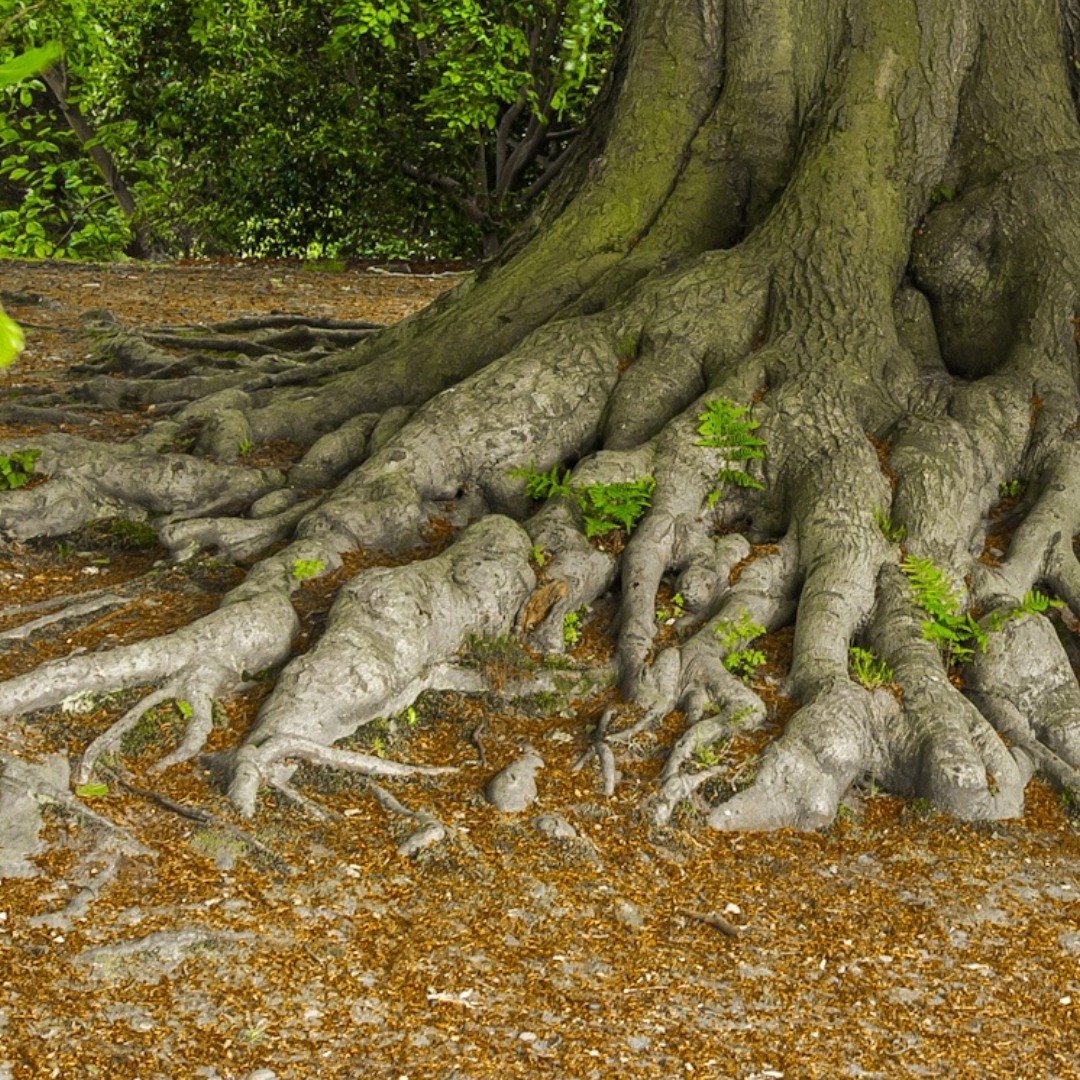
Tree Roots and Subsidence
Structural damage such as subsidence is often linked to tree roots. Not all tree roots will cause damage and there may be other issues to consider instead, such as soil type and foundation depth. Here, we look at trees growing on clay soils.
Clay soil and tree roots
Most properties in London are built on soil that is clay or mainly clay. Clay soils are known as shrinkable because they dry out (and shrink) when the weather gets warmer. In the summer, trees will take up moisture through their roots, which will dry the soil even further and can lead to a downwards shift in the foundations; this is called movement.
If tree roots close to the foundations of a building are contributing to movement, you might see some signs of subsidence including cracks around doors and windows. It’s important to remember that that cracks can appear even after just 5mm of movement, so don’t assume cracks mean structural damage has taken place.
Not all trees cause damage
Larger trees growing on soil with a heavy clay content will absorb more water from the soil than smaller varieties. Oaks are known to contribute to subsidence more than other trees. However, whether a tree is deciduous or evergreen isn’t an indicator of how much water it will take up.
In general, an Indian bean tree has low uptake while a eucalyptus absorbs more water, yet both are deciduous. Similarly, a pine is less water-dependent than a cypress; both are evergreens. If you are worried, find out if a tree close to your property has a high or low demand for water and then apply this rule of thumb: high‑demand trees will have soil drying impact over a distance that is roughly the same height of a tree. With low-demand trees, the distance is approximately half the tree’s height.
Seasonal cracks
If you notice cracks in the summer, they may well be related to the proliferation of tree roots or other vegetation drying out the soil. The likelihood is increased if cracks appear on walls that are close to or bordered by trees and shrubs.
Cracks that appear over the colder months are probably signs of differential settlement or that your drains are leaking. And while tree roots tend to grow towards a source of water, such as a broken drain, they aren’t strong enough to cause footings (usually the layer of concrete below a foundation) to move.
Text content
